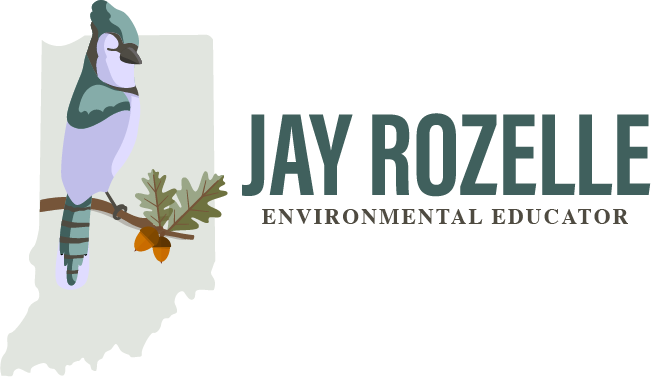There is significant agreement on the importance of preserving natural “wild” spaces.
Most people find natural spaces to be restful, peaceful, and beautiful. We go to these places to immerse ourselves in beauty in order to restore ourselves from the hectic busyness that daily life brings. Upon our return from these places, we feel refreshed, relaxed, and ready to get back to our work with a renewed sense of purpose.
Without stopping to reflect upon these experiences, we fail to realize exactly how and why our personal restoration has taken place. The place we’ve just experienced was truly restorative because it was beautiful and natural: A place with a multitude of living and non-living things interacting with one another to create a harmonious environment.
In these places, we see crystal clear waters mirroring expansive blue skies graced with pillow white clouds, prairie grasses swaying in the wind, lichen and moss speckled rocks, flowering shrubs dotting the edges of forests where birds and woodland creatures flit amongst the spaces, and majestic old-growth trees tower over us like pillars of strength.
”IT'S CHALLENGING TO ENVISION HOW THE NATURAL BEAUTY FOUND IN THESE SPACES CAN BE REPLICATED IN OUR OWN BACKYARDS.
If you’re anything like me, it’s challenging to envision how the natural beauty found in these spaces can be replicated in our own backyards. I believe this is in part because we associate these naturally beautiful places as far away from us, wild, and unmaintained spaces, not as spaces we’re familiar with in our neighborhoods.
In our neighborhoods, we usually see spaces that are kept clean, neat, and tidy with very little diversity in the form of plant life. The problem is, when we keep our yards this way, we remove their ability to sustain life and in turn, remove much of their health and beauty.
Perhaps this provokes most of us to continue to maintain our lawns as monocultures of mowed grass and our landscapes as evenly spaced plantings with large open areas of mulch around our homes. When every yard on the block looks this way, we will inevitably believe this is the correct way for it to look.
And because yards have looked this way for many, many decades, we will believe this is what a beautiful yard should look like.

